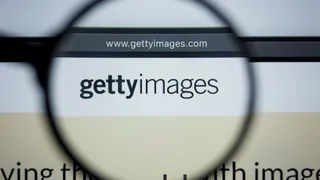
Emoji TMs: an emotional journey
Emojis—those yellow smiley faces and pictographs for everything from apples to zebras—have quickly become an indispensable part of our modern communications. We take them for granted, but they actually have a long and complicated history, and IP plays a key role in their current form, and their future.
Already registered?
Login to your account
If you don't have a login or your access has expired, you will need to purchase a subscription to gain access to this article, including all our online content.
For more information on individual annual subscriptions for full paid access and corporate subscription options please contact us.
To request a FREE 2-week trial subscription, please signup.
NOTE - this can take up to 48hrs to be approved.
For multi-user price options, or to check if your company has an existing subscription that we can add you to for FREE, please email Adrian Tapping at atapping@newtonmedia.co.uk

